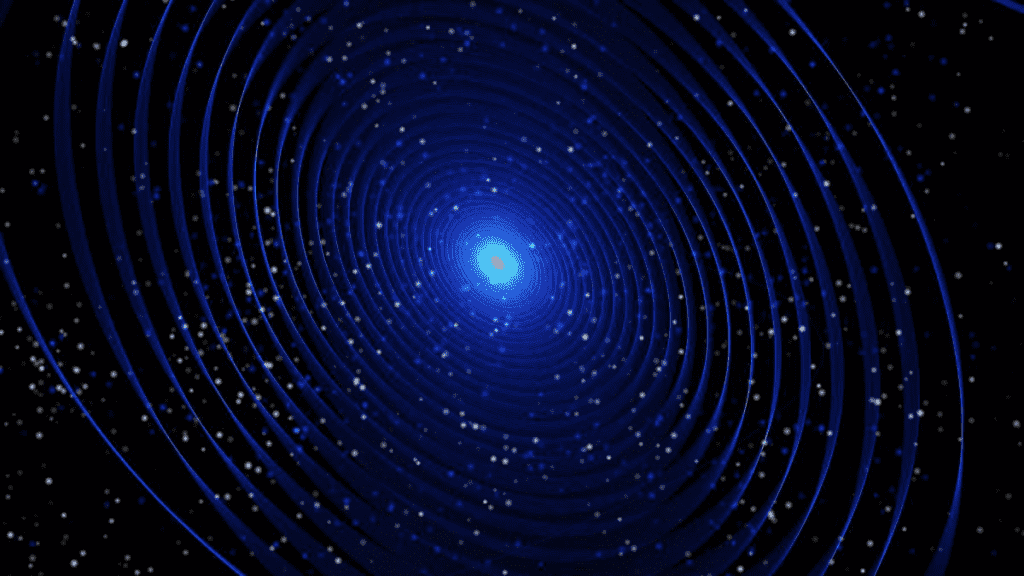In an incredible scientific discovery, physicists have unveiled a bewildering particle through an experiment that is small enough to “fit on a tiny kitchen countertop,” as described by the researchers. The particle is known as the “Axial Higgs Boson” and is termed a magnetic cousin of the Higgs Boson. The Axial Higgs Boson has the functionality to provide other particles with mass and is somehow linked with the dark matter as well, which constitutes up to 85% of the total mass of the universe.

The Higgs Boson, which is the parent associate of the Axial Higgs Boson, was first determined in 2012 at “The Large Hadron Collider (LHC)”, by ATLAS and CMS detectors. They showed that the particle constitutes a very strong magnetic field and came into being as a result of the breaking of electroweak magnetic forces. After the cooling process of the universe, the electroweak magnetic forces split down through the phenomenon known as “symmetry breaking”. This breaking action gave birth to W and Z bosons, which were then combined with the Higgs field, and for that reason, the Higgs boson emerged.

Explaining the formation of the axial Higgs boson, Burch stated, “In the case of the axial Higgs boson, it appears multiple symmetries are broken together, leading to a new form of the theory and a Higgs mode [the specific oscillations of a quantum field like the Higgs field] that requires multiple parameters to describe it: specifically, energy and magnetic momentum.” Moreover, when quantum materials undergo certain waves of vibrations at room temperature, then these materials make an appearance, unlike the Higgs Boson, which appears as a result of collapsing other materials with its highly energized magnets.
Burch further stated, “We found the axial Higgs boson using a tabletop optics experiment, which sits on a table measuring about 1 x 1 meter, by focusing on a material with a unique combination of properties.” Specifically, we used rare-earth telluride (RTe3) [a quantum material with a highly 2D crystal structure]. The electrons in RTe3 self-organize into a wave where the density of the charge is periodically enhanced or reduced.”

Coupled with this, the study shows that scientists have made several attempts in the past to create the Axial Higgs mode, and they have even developed a hypothetical model of this based on their predictions. But this is the first time the model has been discovered with a variety of broken symmetries. However, the immediate work on the Axial Higgs mode demonstrated that an RTe3 crystal was exposed to laser light. The scientists used the process “Raman Scattering” in which the light transformed its color after dispersion and the Axial Higgs mode came into being as a result of the energy lost during this metamorphosis.

According to Burch, the discovery of the Axial Higgs Boson was totally unpredicted but that would generate considerable options to further explore the dark matter, in much more detail. “As such, it is the first such magnetic Higgs to be discovered and indicates the collective behavior of the electrons in RTe3 is unlike any state previously seen in nature. The basic idea is that to explain dark matter, you need a theory consistent with existing particle experiments, but producing new particles that have not yet been seen”.


